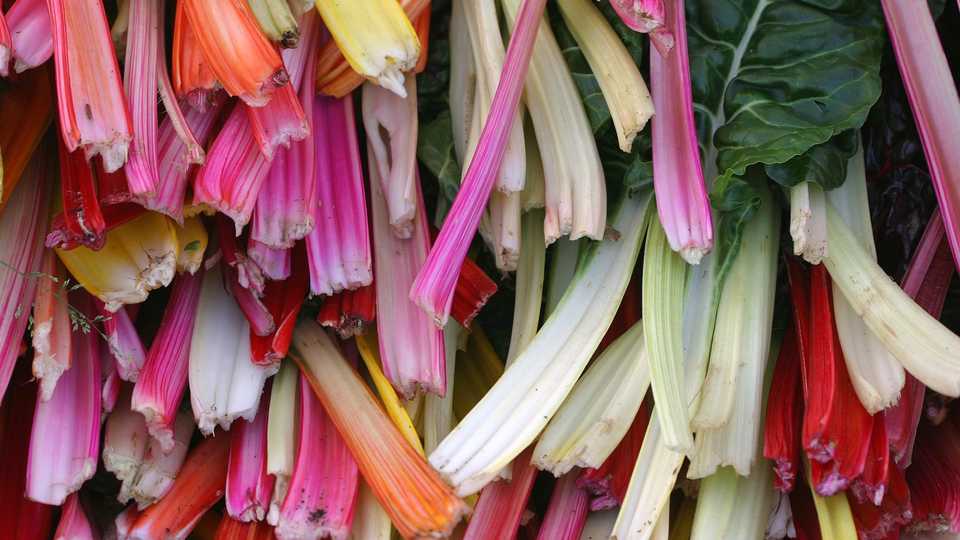Science News
Eliminating Food Deserts

In an article published today in PLoS Medicine, two Harvard professors provide options to improve low-income Americans’ access to healthier foods. The current thinking is to eliminate so-called food deserts, both urban and rural regions where access to grocery stores is limited by distance (more than one mile for urban areas, ten miles for rural areas). The U.S. government is currently tackling this problem by subsidizing new supermarkets in some regions, but the Harvard scientists—looking at data from food deserts in Philadelphia, New York City, Pittsburgh, and Los Angeles—found little change in diets and obesity rates when stores opened offering healthier options than nearby convenience stores and fast food restaurants.
To eliminate food deserts and health issues related to poor diets, the authors offer other solutions: better nutrition in child care facilities and public schools, improved labeling on products and in restaurants and stores where food is sold, changes in food stamp programs to incentivize healthy diets and purchases, and taxes on unhealthy food. They cite several successful programs in these areas already. For example, Wholesome Wave, “which operates in 31 states and the District of Columbia and caters to approximately 40,000 families, have taken this concept further, providing dollar-for-dollar matches when customers use their SNAP [Supplemental Nutrition Assistance Program, or food stamps] benefits to purchase fruit and vegetables at farmer’s markets.”
As we reported in August, and featured here in a video we produced for middle schoolers about food deserts, there are other solutions, too. Educational and urban farm programs such as East Oakland’s Acta Non Verba not only teach young people living in these regions the importance of eating healthy foods, they empower the youth to grow their own sustainable produce. (You can taste their offerings, supporting these kids’ college funds along the way, by signing up for their Community Supported Agriculture program here.)
So there is more than one way to green a food desert, providing healthier options, and lives, to those who need it most.
Image: Thomas Hawk/Flickr